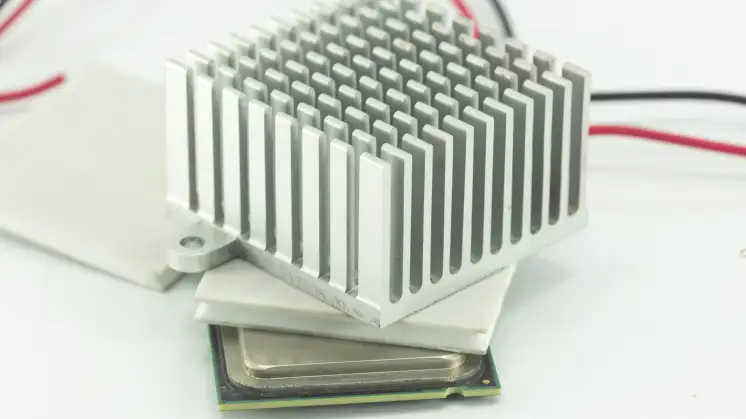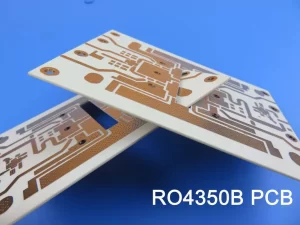目录
Toggle"PCB Thermal Management: Innovations and Techniques"
Introduction
PCB Thermal Management is crucial in electronics, ensuring devices operate within safe temperature ranges. This article explores innovative solutions and techniques, providing insights into effective heat management strategies in PCB design.

Understanding the Importance of Thermal Management in PCBs
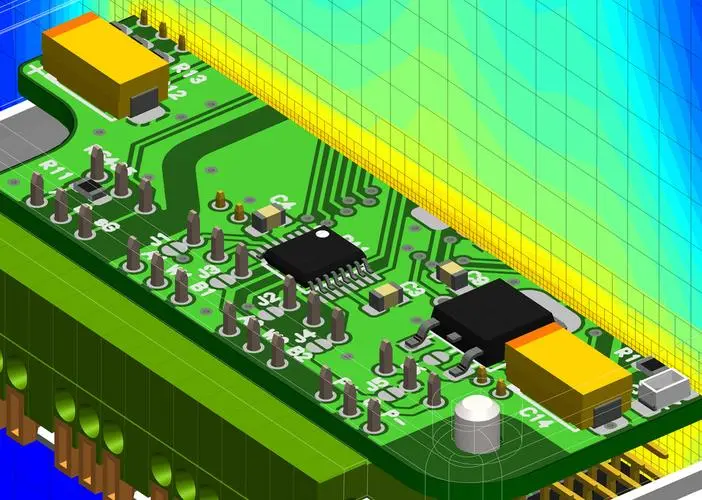
Ensuring reliable thermal control in circuit boards is essential for the longevity and performance of electronic devices. With miniaturization and increased component density, effective heat dissipation becomes a paramount challenge.
Recent Advances in Heat Management for Electronics
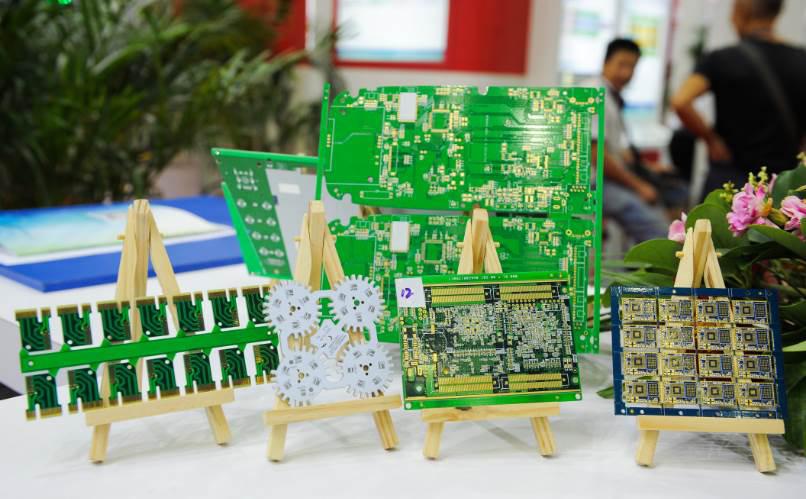
New materials and designs have significantly improved thermal control in electronic boards. Innovations like conductive inks and metal core PCBs are crucial in this evolution, ensuring more efficient heat transfer.
Case Studies on Effective Heat Dissipation Techniques
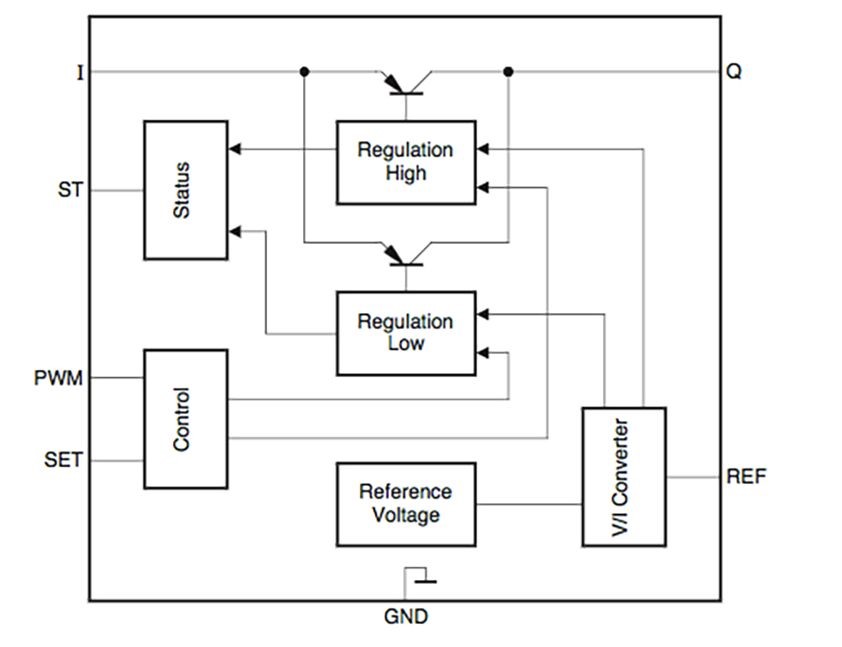
Case studies demonstrate the benefits of innovative thermal solutions. For instance, using metal core PCBs in high-power devices has been shown to reduce thermal stress, enhancing device lifespan and functionality.
Software's Role in Thermal Optimization

Simulation software is instrumental in preemptive thermal issue identification in PCB design. Computational Fluid Dynamics (CFD) and other tools are invaluable for simulating heat flow, crucial for optimized thermal control
Future Trends and Developments in PCB Thermal Management
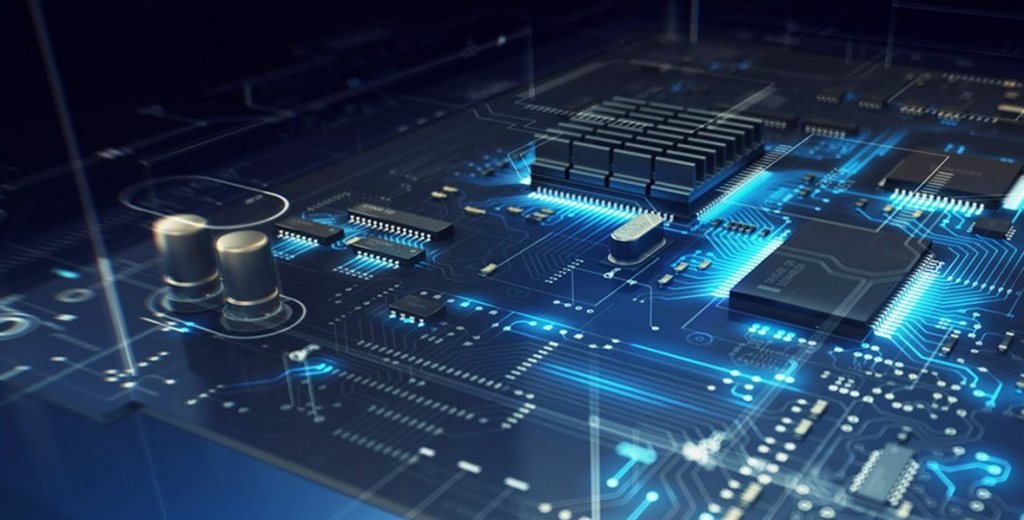
The future of PCB thermal management is promising, with ongoing research focusing on new materials and technologies. Innovations like graphene-based materials and liquid cooling solutions are expected to revolutionize thermal management in electronics.

